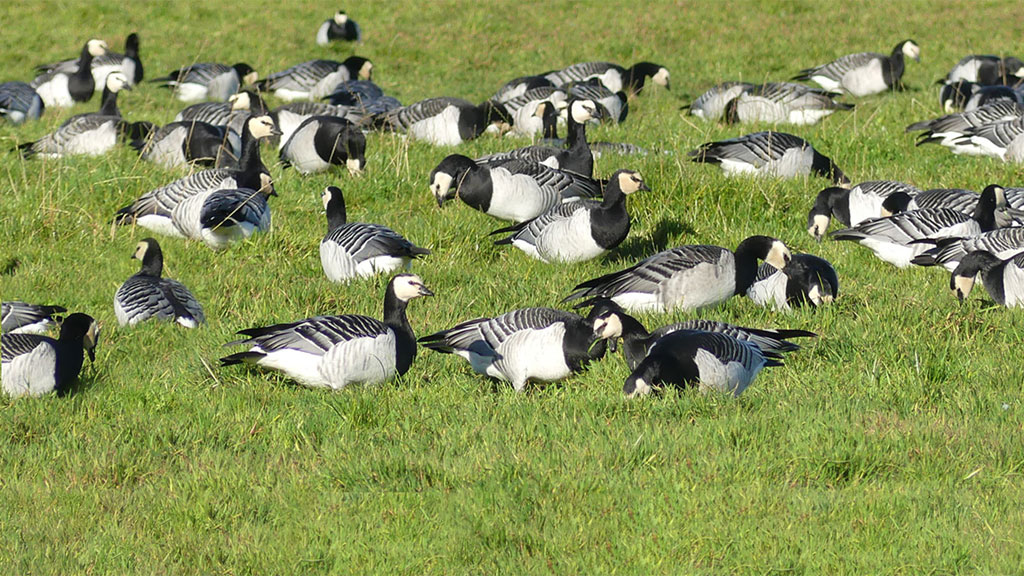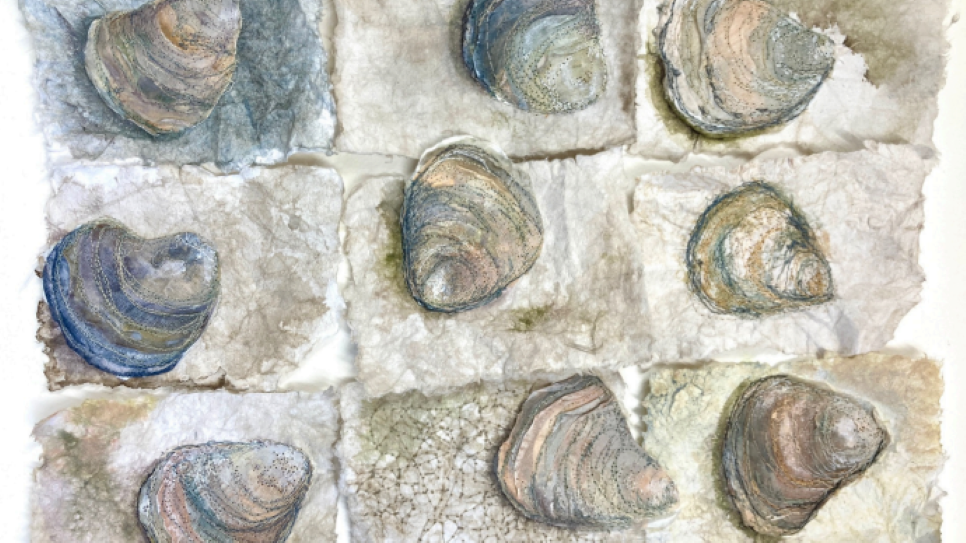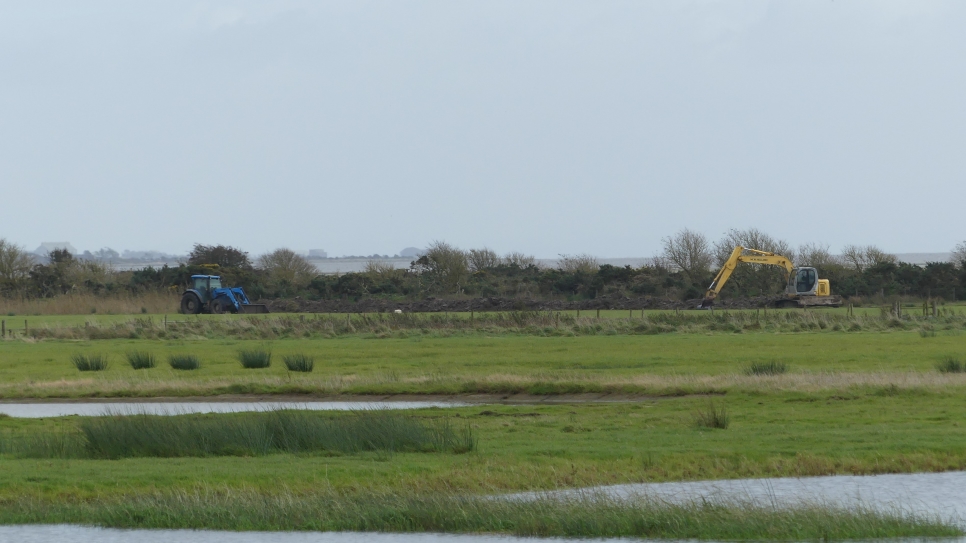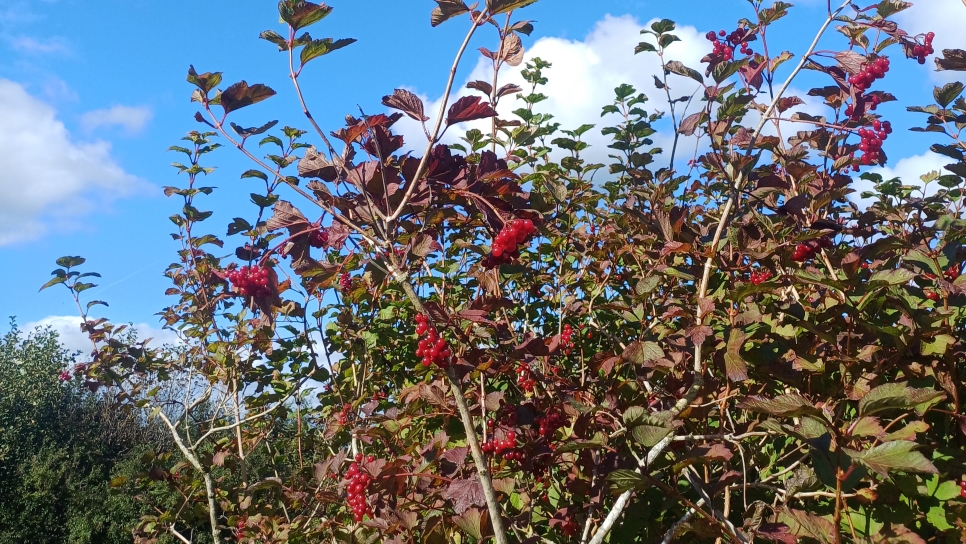Tranquillity even on a rainy day
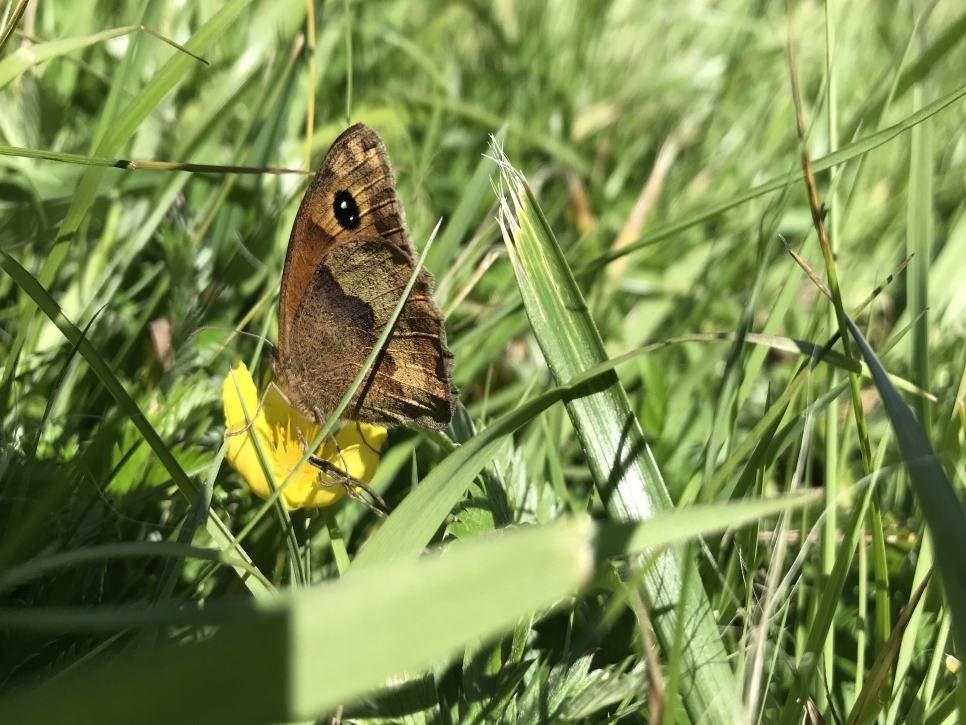
Working and living on site, it's safe to say that currently I spend most (if not all) of my time on WWT Caerlaverock grounds. And now it's summer (despite what the weather may suggest) a lot of my time is spent in our wildflower meadow conducting butterfly or dragonfly surveys, mowing pathways and collecting seeds.
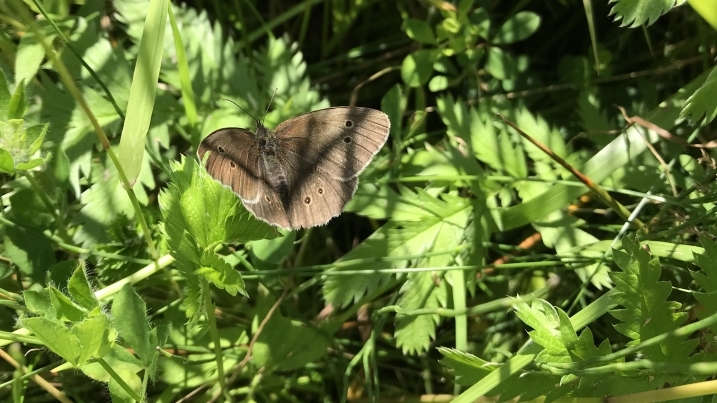
Nevertheless, every time I walk through, I’m still amazed by the vibrant colours of red clovers, orchids, yellow rattle and red campion as well as the abundance of invertebrates it attracts due to the provision of nectar. White tailed bumblebees, meadow brown butterflies and blue-tailed damselflies are currently the most numerous along the trail!
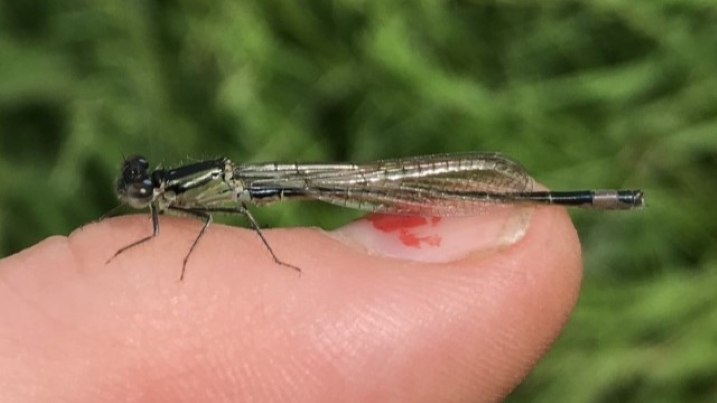
The high biodiversity found in wildflower meadows and their ability to provide food and sequester carbon makes them a highly valuable habitat. Despite this, 97% of wildflower meadows in the UK have been lost due to the expansion of infrastructure into these areas and changing farming practices.
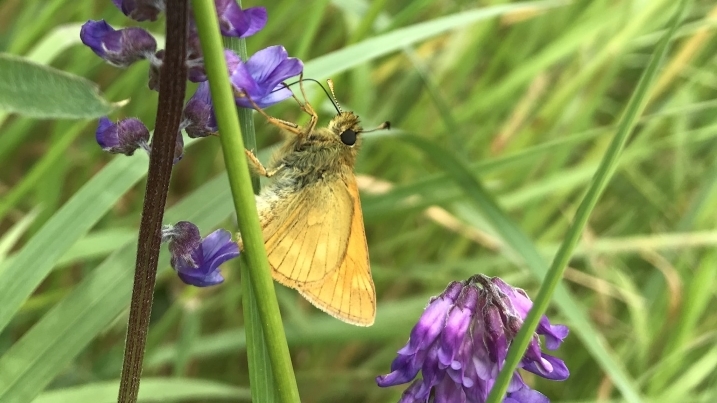
Here at Caerlaverock, we are attempting to expand where wildflowers are on the reserve. Patches have been created around our visitor centre and in the wildlife garden over the last few years. Planting wildflowers can be done anywhere, even in urban areas. Only nutrient poor soils are needed along with some mowing throughout the year. At Caerlaverock, we endeavour to keep expanding and increasing the number of wildflowers on site.
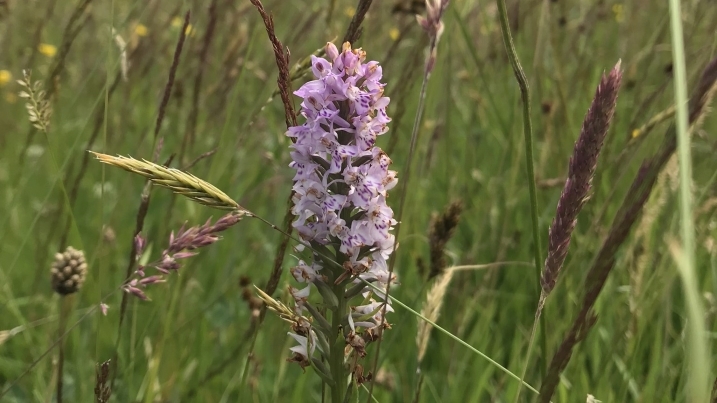
The summer trail which runs through the wildflower meadow is honestly my favourite place on the reserve, not only is it highly beneficial in an ecological sense but it provides tranquillity even on those rainy ‘summer’ days. If you haven't already come check out our wildflower meadow, you won't be disappointed!
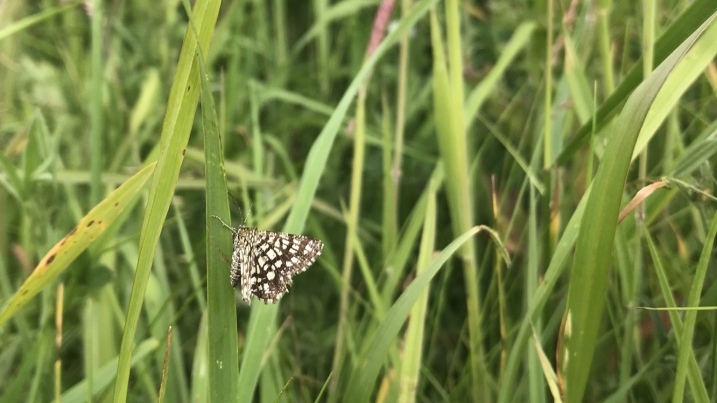
Words and pictures by Ed (Emily) Dixon
